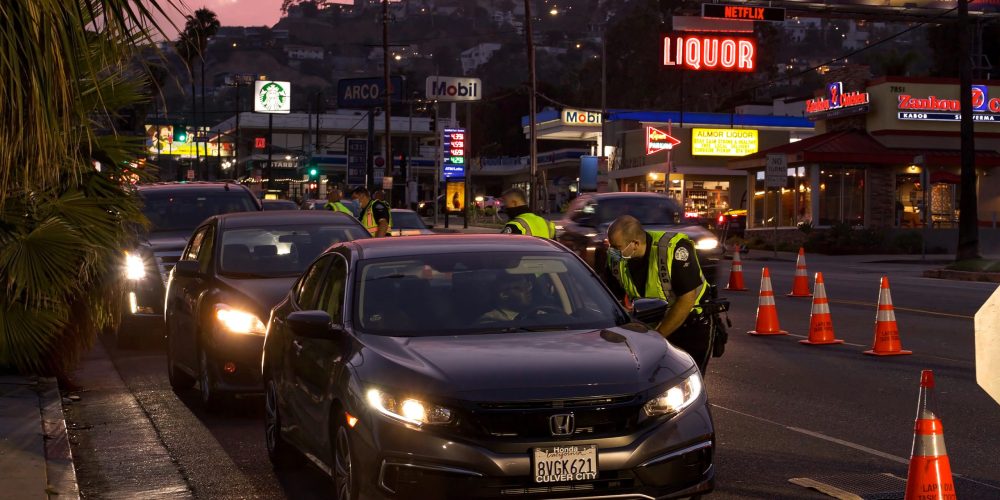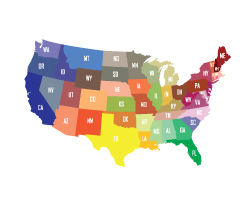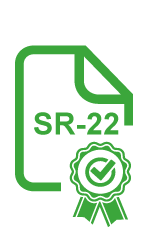Individuals arrested for DUI in California must understand California’s 10 Day Rule in DUI Cases, which involves a critical 10-day deadline requiring prompt action to preserve their driving privileges due to its significant implications.
However, you and many other drivers in the state of California may not be aware of its contents, or how it can affect you if it isn’t adhered to. This article explore’s California’s 10 Day Rule to clarify one of the state’s little-known legal secrets.
The 10 Day Rule Explained
Immediate License Seizure
Upon a DUI arrest in California, the driver’s license is typically confiscated in a process known as “Stop and Snatch,” as per the California Administrative Per Se Law (enacted in 1990). This law mandates the immediate suspension of the driver’s license for those suspected of having a blood alcohol content (BAC) of .08% or greater.
Notice of Suspension
The arresting officer issues a DMV Form DS-367, a “Notice of Suspension,” usually a pink-colored form, to the driver. This form serves three main purposes:
- It notifies the driver of the DMV’s intent to suspend or revoke their license.
- It confirms that the driver can temporarily drive for 30 days if their license was valid at the time of arrest.
- It informs the driver of their right to contest the suspension and the necessity to contact the DMV within 10 days to schedule an Administrative Per Se (APS) Hearing.
The Critical First Step: APS Hearing
The APS (Administrative Per Se) Hearing is a driver’s primary avenue to contest the suspension of their license. However, the DMV is notorious for its stringent adherence to the 10-Day Rule and can deny a hearing if the driver fails to initiate contact within this timeframe.
Consequences of Missing the Deadline
If a driver does not request an APS Hearing within the first 10 calendar days following their arrest, the California Vehicle Code allows the DMV to deny them a hearing. Consequently, the driver’s license automatically enters suspension or revocation 30 days post-arrest. There are instances where a driver might be unable to contact the DMV within 10 days, such as being incapacitated or unaware of the rule due to an officer’s failure to issue the DS-367. However, these cases are exceptions and extremely rare, often requiring legal assistance to navigate.
Complying with the 10-Day Window
Making Proper Contact
Contact with the DMV’s Office of Driver Safety must be made within the first 10 calendar days following the arrest. This contact can be executed via telephone, facsimile, mail, or in person. To ensure proof of contact, it’s advisable to use multiple methods and document each attempt.
Beyond Initial Contact
Simply reaching out to the DMV isn’t enough. Specific requests, such as a “Stay of Suspension” and a “Request for Discovery,” are crucial for a properly structured APS Hearing. Additionally, the choice of the Driver Safety Office and efforts to assign a competent hearing officer can significantly impact the outcome.
Seeking Professional Representation
Navigating the DMV process and the 10-Day Rule can be complex and overwhelming. Given the stakes involved, it’s often beneficial to seek representation by a DUI expert or attorney who is familiar with the DMV’s procedures and nuances. A professional can ensure timely and effective communication with the DMV and increase the likelihood of a favorable outcome at the APS Hearing.
The Bottom Line
The 10 Day Rule in DUI cases in California is a crucial component that requires immediate attention post-arrest. Understanding this rule and taking the necessary steps to comply with it can significantly affect one’s driving privileges and overall outcome of the DUI case. Don’t navigate this alone; 1800DUILAWS.com is here to connect you with experienced DUI attorneys who can guide you through this process and advocate on your behalf.








